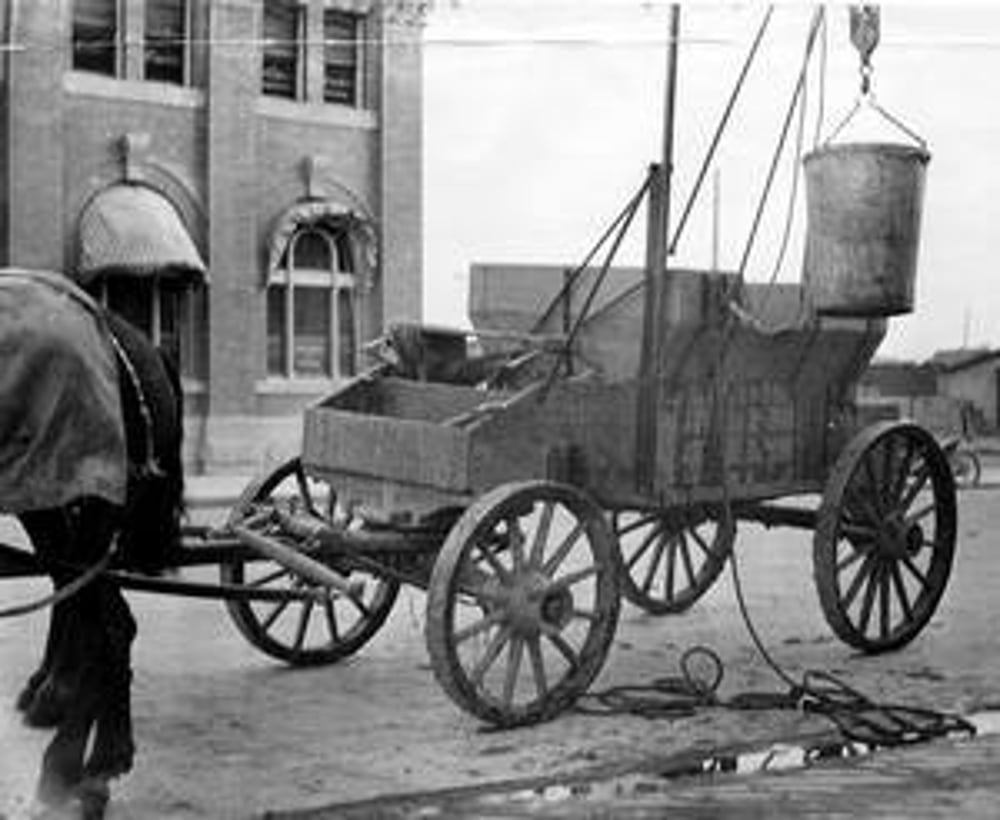Wonder Where the Name Honey Dippers Came From?History of Honey Wagon
Night Soil Scavengers
A honey wagon was a large sacred vehicle which carried a tank filled with human feces, which was found inside of the “honey holes” and was transported to a secluded location where sometimes it was dried and then scraped up to be disposed of elsewhere. Sometimes it was just left there to ferment.
In the good old days, there was no such thing as proper sewer drains. Most town and city streets had open sewers running down them into which all kinds of waste were thrown. There was in theory at least a system of refuge collection to clean up the streets that were littered with rotting food, dung, animal corpses, human feces and other waste products. But the cleaning up system was sporadic and not carried out effectively enough. In fact, I have read local town newspaper notices advising people that Spring was just around the corner and to stop throwing their garbage out the windows to the streets below. Yes, that would be you Carleton Place!
In addition, people had to make do with burying much of their waste material in a cesspit either in their cellar or in the garden. Technically these were supposed to be emptied regularly, but many were not. The stench was overwhelming not only in summer but in winter as well.
When you ask about the worst, most dirty/horrible jobs many people immediately respond with coal mining.
In 1907 the Lethbridge City Council decided that a scavenger should be hired. The duties of the scavenger would be to clean the privies (outhouses) and pick up garbage but also to remove the dead animals from the coulees. The winter of 1906-07 was a legendary one for the cold and snow. Come spring there was said to be 40 head of cattle found dead around the coulees and community of Lethbridge (many, many more out across the country). It was the scavenger’s responsibility to collect and remove the dead animals.
They then had to be buried or burned. They said would dispose of the hides of the animals.
Eventually the job of dead animal scavenger would be separated from the job of “Night Soil Scavenger”. This rather intriguing job title belonged to the person who cleaned the outhouses around town. In September 1909 E.P. Mee was contracted at $25/week. The city would supply the lime. Then, of course, all of those lucky people who had to clean out the bed pans and other indoor toilets.
Lucky, lucky people. – Lethbridge Historical Society
The Honey Wagon from the Lethbridge Historical Society

